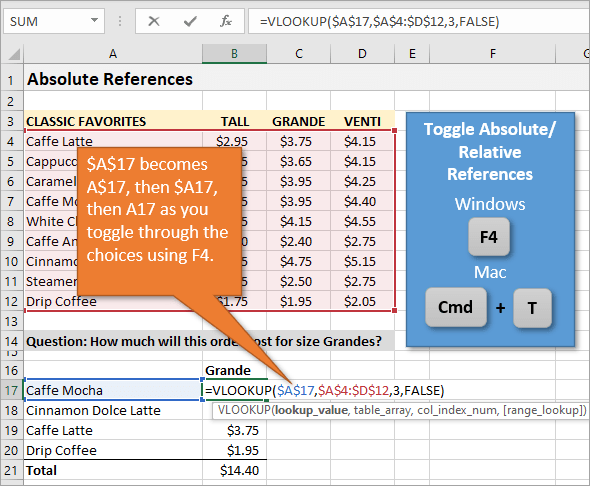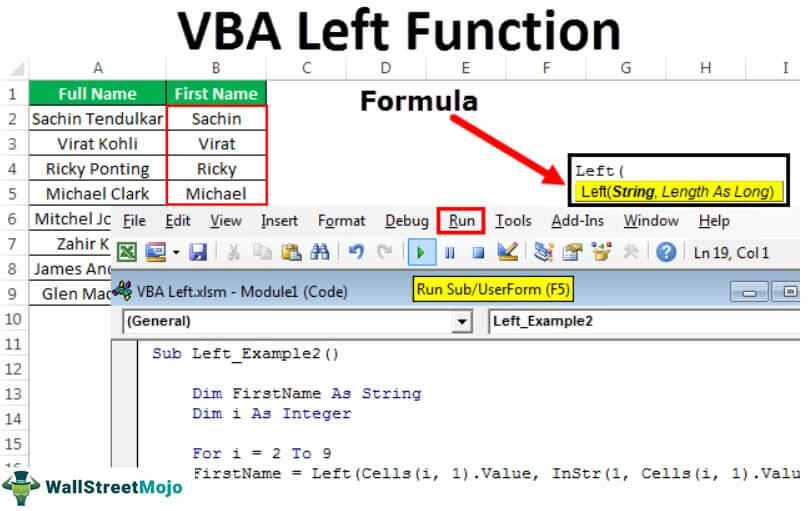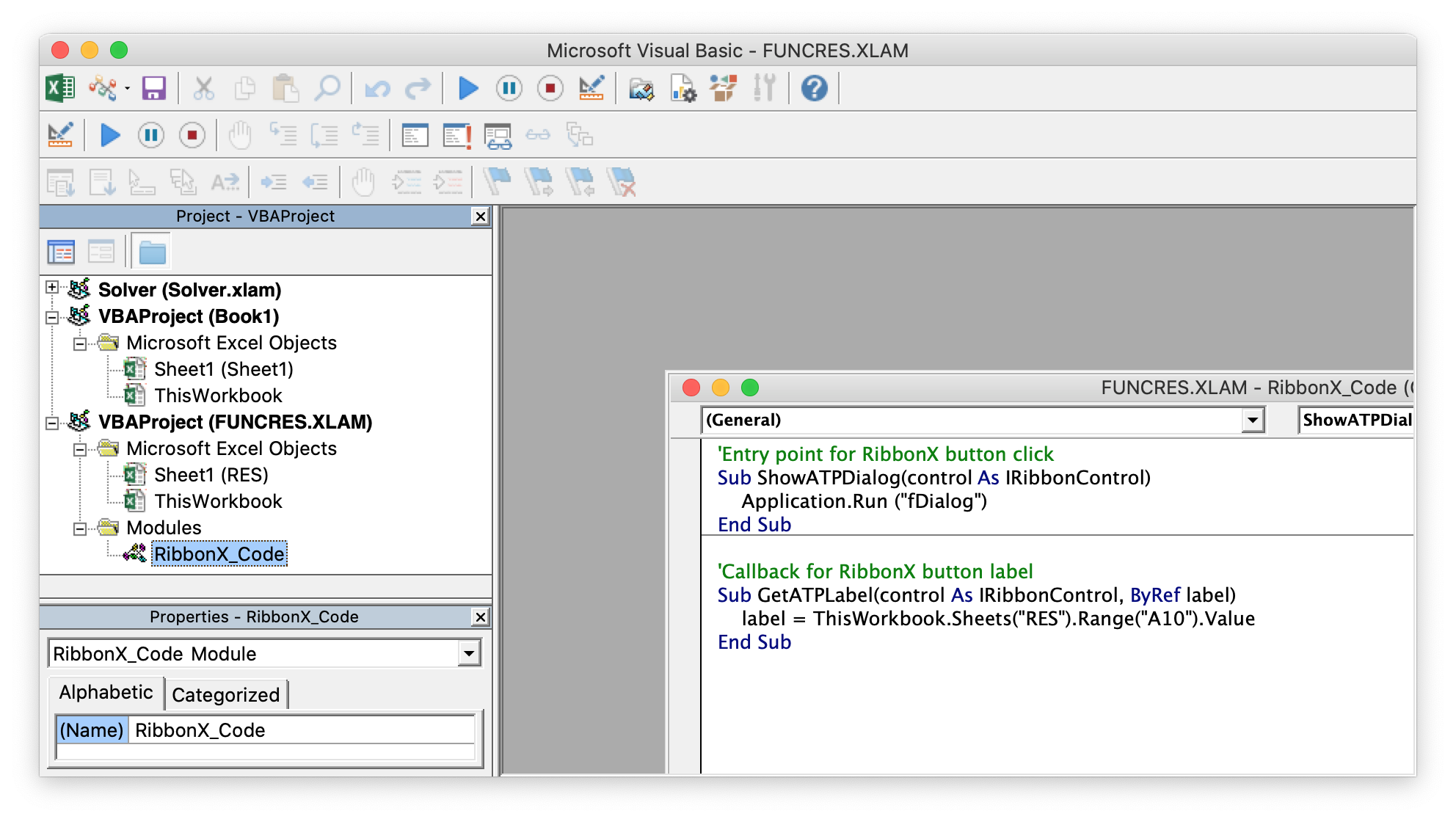

If Dir("\\ant\dept-eu\CSCAN\4-ProcessTeam\3-Business-Analyst\Invoices" & Path2, vbDirectory) = "" Then Path1 = "\\ant\dept-eu\CSCAN\4-ProcessTeam\3-Business-Analyst\Invoices"
#EXCEL FOR MAC VBA RANGE NAME REFERENCE CODE#
The message from the code which is meant to show the location of where the file will be saved is just blank. When I run it, the folder gets correctly created based on the cell A2, however file name does not include value of cell A1 and then in the end I also get an error. Here is the entire code as I have it in excel. If a string is used, the string will be evaluated in the context of the active sheet.I keep on editing the code and looks like each time trying to fix one thing I break something new. This can be either a string with the macro name, a Range object indicating where the function is, or a register ID for a registered DLL (XLL) function. expression A variable that represents an Application object. This can be used to run a macro written in Visual Basic or the Microsoft Excel macro language, or to run a function in a DLL or XLL. But I am just testing out the situation number 1, if maybe somebody has encountered it before or have any idea to resolve it? My actual situation is more to number 2, so I think my solution now is just pass the arguments by position, and create a proper documentation for it.
#EXCEL FOR MAC VBA RANGE NAME REFERENCE PASSWORD#
I cannot open the code bcs the macro is password protected, for example.

Both of us have no communication, nor have a proper documentation for the addin. At the same time, I’m using other people’s macro (from add-in for example). So how can I find the alternative for Application.Run ? Scenarios/Assumptions My question is similar to this but there it does not answer my question. The solution to force argument passing by position might seem a bit inflexible for my code purpose, which is to create a macro that runs other people’s macro by passing some arguments. How can I use Application.Run with named arguments? Based on this MS documentation: The following statements are functionally equivalent. Include an example with a folder location as well !!Īlthough Visual Basic code can call a macro directly (without this method being used), this method is useful when the macro name is stored in a variable (for more information, see the example for this topic). This assumes the VBA Project has been changed to MyProject. If you specify the document name, your code can only run macros in documents related to the current context, not just any macro in any document. You can pass up to 30 parameter values to the specified macro. If you want to call a Function that has a return value you can use the GetMemoryAddress API function. It is possible to use Application.Run to return a value from a function.Įxactly the same thing can be achieved by using a subroutine and a ByRef argument. Calling Procedure assigned to a Variable Calling Function assigned to a Variable (with Arguments) The referenced file does not have to be open and is treated like an object library.Ģ) Use the Application.Run method and specify the filename and folder path of the other file.

To create a reference (Tools > References).Īfter a reference has been established you can call procedures in other files. Calling Procedure in a different fileġ) Create a reference to the other file.

If the datatype of any of your paramaters (or of the returned datatype) is not declared then these items are assumed to have the Variant datatype.Īll the arguments are converted to values which means you cannot pass any objectsĪny objects passed as arguments to a macro will be converted to a value (by applying the Value property to the object). You must pass all the parameters as separate arguments and not as one single string (for example Application.Run("Macro(Arg1,Arg2,Arg3)") You cannot use named arguments with this method.


 0 kommentar(er)
0 kommentar(er)
